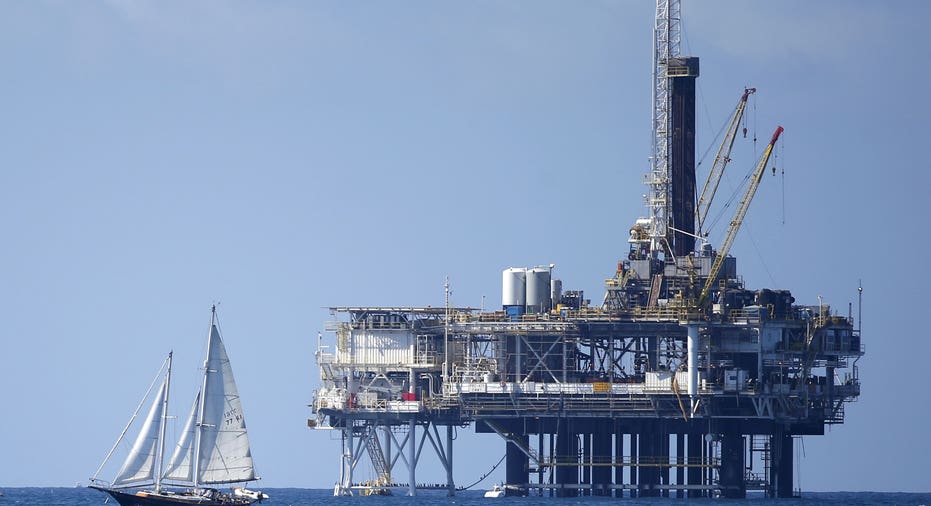Oil soars, U.S. crude hits $60 per barrel for first time since mid-2015

Oil prices surged to a two-and-a-half year high and U.S. crude touched $60 a barrel in light trading volume on Tuesday, boosted by news of an explosion on a Libyan crude pipeline as well as voluntary OPEC-led supply cuts.
Armed assailants blew up a pipeline pumping crude oil to the port of Es Sider on Tuesday, cutting Libya's output by up to 100,000 barrels per day (bpd), according to military and energy sources.
The state-run National Oil Corporation (NOC) said in a statement that output had been reduced by 70,000 to 100,000 bpd. The cause of the blast was unclear, it added.
The North African country's output had been recovering in recent months after being held down for years amid armed conflict and unrest.
Brent crude, the international benchmark for oil prices, settled at $67.02 a barrel, up by $1.77, or 2.71 percent. During the session, front-month prices touched a high of $67.10 a barrel, their highest since mid-May 2015.
U.S. crude climbed $1.50, or 2.6 percent, to end the session at $59.97 a barrel after touching a session high of $60.01, the highest since late-June 2015.
The impending restart of Forties, a key North Sea pipeline, limited the extent of the rally. Oil and gas flows through the pipeline will be increased gradually, its operator Ineos said on Tuesday, adding that the Kinneil processing plant was partially restarted.
"Keep in mind that the field and pipeline are old and it may have issues and it's probably why the market isn't selling off," said Scott Shelton, a broker at ICAP in Durham, North Carolina.
Trading activity was thin following the Christmas holiday and London trading was muted during Boxing Day. About 72,000 contracts of front-month Brent futures changed hands on Tuesday, well below the typical daily average of more than 250,000 contracts.
In the United States, the energy complex was led higher by heating oil futures. Prices rose as much as 3.6 percent to a session high of $2.0410, the highest since early June 2015 on forecasts for cold weather.
Brent has risen 17 percent in the year to date while U.S. crude has rallied about 11 percent so far in 2017.
The Organization of the Petroleum Exporting Countries, plus Russia and other non-members, have been withholding some output since Jan. 1 to relieve a glut. The producers have extended the supply cut agreement to cover all of 2018.
Iraq's oil minister said on Monday there would be a balance between supply and demand by the first quarter, leading to a boost in prices. Global oil inventories have decreased to an acceptable level, he added.
That outlook is earlier than predicted in OPEC's latest official forecast, which calls for a balanced market by late 2018.
U.S. shipments to China, one of the world's biggest oil consumers, have benefited from the OPEC-led output cuts. Russia, however, was China's largest crude oil supplier for the ninth month in a row in November, topping Saudi Arabia for the year so far, China's customs data showed on Tuesday.
While the OPEC action has lent support to prices all year, market participants have said the unplanned shutdown of the Forties pipeline on Dec. 11 is what helped push Brent to its 2-1/2-year high.
Forties is the biggest of the five North Sea crude streams underpinning Brent, the benchmark foroil trading in Europe, the Middle East, Africa and Asia.
Still, rising production in the United States is offsetting some of the OPEC-led cuts.
The U.S. rig count
U.S. crude oil inventories were likely down for a sixth straight week, while gasoline stockpiles saw a probable build last week, a preliminary Reuters poll showed on Tuesday.
(Additional reporting by Alex Lawler in London and Henning Gloystein; editing by G Crosse and Tom Brown)



















